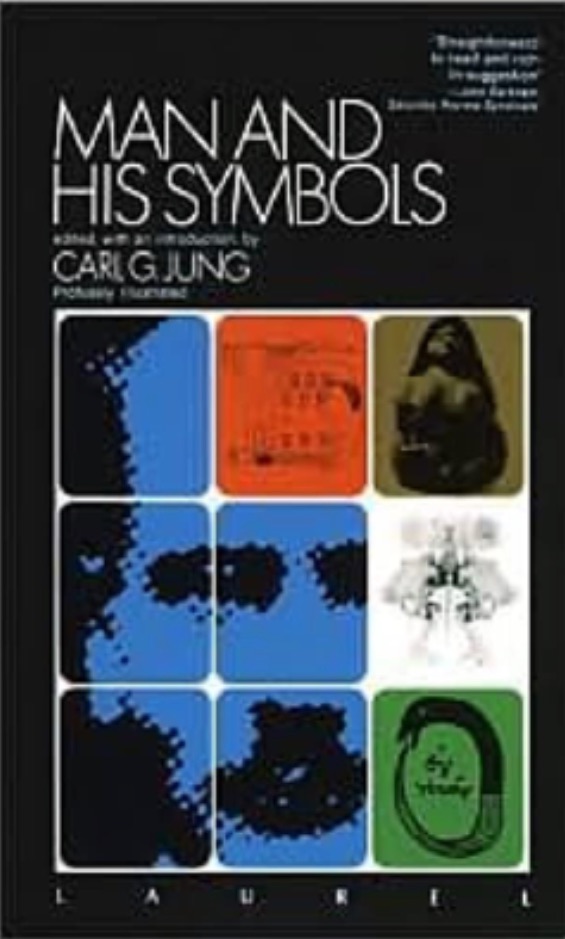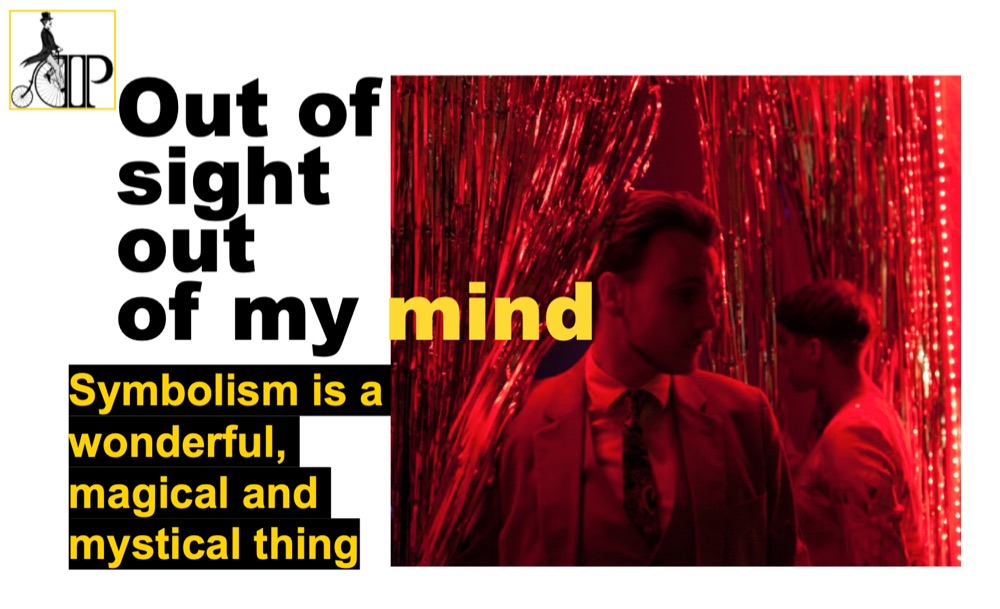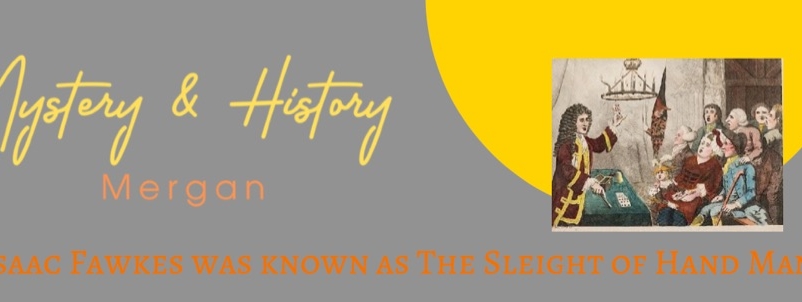- A Note from Our President
- The Stand-Up Lecture
- Agenda, May 2023
- Martin Hansson & Leif Olberius
- Happy Hour at Café De Buurvrouw
- Looking for Erdnase
- Golden Cat 10th Anniversary
- Isaac Fawkes was known as the Sleight of Hand Man
- Spun into Gold (Book Tip)
- Symbolism is a wonderful, magical and mystical thing
It is something that we can trace back to Paleolithic times when cave paintings were made of a shaman laying on the ground in a trance wearing a birdlike mask (the symbol of transcendence and freedom) (Jung, Franz, Henderson, Jacobi & Jaffè, 1964, p.147). But symbolism is also something that we can see in more recent times with ever-improving new psychological discoveries and the exploration of the abyss that we call the unconscious mind.
The unconscious or subconscious mind as Freud would call it the part of our consciousness where all the memories and knowledge that we have forgotten goes. But of course, that is not the only function of the unconscious mind. The unconscious mind is also a place where a big part of our identity lies and where we push parts of our personality that we deny our shadow. (Jung & Franz, 1964, p.171). Our unconscious mind doesn’t communicate with a sense of logic, very often it shows us images in terms of symbolism in a haptic and chaotic way as can be seen in our dreams (Jung & Franz, 1964, p.3).
Our conscious mind, on the other hand, likes to communicate logically, it likes dramatic structures that have a beginning a middle, and an end (Aristotle, 2013, p. 26) that structure has some logic to it and it tends to be the way that we tell each other stories. It starts here, then this happened and this is how it ended. That’s a satisfying storyline and it feels right and complete. The unconscious mind however doesn’t care about this concept whatsoever. It just gives you a dream where you have a scary experience, and you finally find a piece of treasure which then turns you into a bird and you wake up. That’s it. You might wake up confused asking yourself what this dream meant, or you might wake up not remembering or caring about it at all.
 The dream that the unconscious mind sends our way however was filled with symbolism. Symbolism which we can trace back to mythology, fairy tales, and even to art. Mythology has always had an important role in us as humans. It was used to give meaning to life, to explain the universe, to establish social order, and for the psychological development of the individual (Campbell, 2004, p.3). It is even believed that mythology has become a part of the human collective unconscious (Campbell, 2008, p.6) and that it will come back in different stages of our life, our subconscious mind uses it to tell us things.
The dream that the unconscious mind sends our way however was filled with symbolism. Symbolism which we can trace back to mythology, fairy tales, and even to art. Mythology has always had an important role in us as humans. It was used to give meaning to life, to explain the universe, to establish social order, and for the psychological development of the individual (Campbell, 2004, p.3). It is even believed that mythology has become a part of the human collective unconscious (Campbell, 2008, p.6) and that it will come back in different stages of our life, our subconscious mind uses it to tell us things.
Mythology has also always had an important role in carrying the human spirit forward and helping us to endure difficult times (Campbell, 2008, p.6). It has helped us to develop ourselves and to give us direction in life. It is even said that discovering your myth can be your pathway to bliss. If this wasn’t true then why would Jung have spent most of his life searching for his personal myth? Knowing the above, how do mythology and symbolism translate into art? Well since symbolism and mythology have had such a big impact on the human race throughout history and it has helped many humans through tough times (remember even biblical stories and stories from the Quran are mythology). It can be translated into art and it should be, that’s the point of art after all: “To translate wisdom and knowledge into experience” (Campbell, 1990, p.33).
That is exactly why symbolism is so important. It points to something deeper, something that will have a lasting impact on the human being that sees the piece of art, and so following Gabi’s ultimate conception, the human being who enters the show will be a different one than the one leaving the show. Symbolism is always found in mythology and as mentioned earlier it helps us to develop psychologically. In every mythology there is some lesson to be learned, some aspect of ourselves that needs honoring, and there are many answers to life’s existential questions. When symbolic aspects are properly used in art, or in our case magic, it will have a transformative experience on the beholder. At least, it leaves the doors open for this experience to happen. We have to understand that we can’t force someone into a certain experience. But, as long as the images are present, we can potentially change someone’s life.
This of course is not the only role of putting symbolism in art. It can also give our art more depth and if properly constructed we can create something enjoyable for everyone. We could construct our magic in such a way that people who are just there for simple fun can
experience that, while people who are open to something deeper can have a deeper experience. The point of putting symbolism into art is that we are creating something to speak to the unconscious mind and at the same time it will feel very safe. It feels meaningful and if not overdone it will leave your audience with a poetic and beautiful experience.
Rico Weeland
References:
Jung, C.G., Franz, M.-L., Henderson, J. L., Jocbi, J., JaffÈ, A. (1964). Symbols of Transcendence. Man, and His Symbols. P,147.
Jung, C.G., Franz, M.-L., Henderson, J. L., Jocbi, J., JaffÈ, A. (1964). The Realisation of the Shadow. Man, and His Symbols. P,171.
Jung, C.G., Franz, M.-L., Henderson, J. L., Jocbi, J., JaffÈ, A. (1964). The Importance of Dreams. Man, and His Symbols. P,3.
Aristotle. (2013). Completeness. Poetics. P,26 (The Oxford World’s Classics edition of 2013)
Campbell, J. (2004) The Functions of Mythology. Pathways to Bliss. P,3
Campbell, J (2008) The Monomyth. The Hero with a Thousand Faces. P,6
Campbell, J (1990). The Road of Trials. The Hero’s Journey. P,33.



